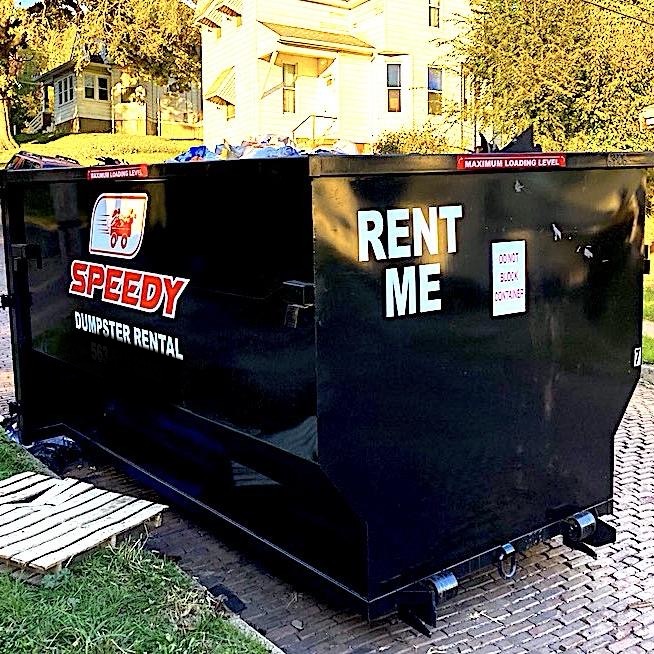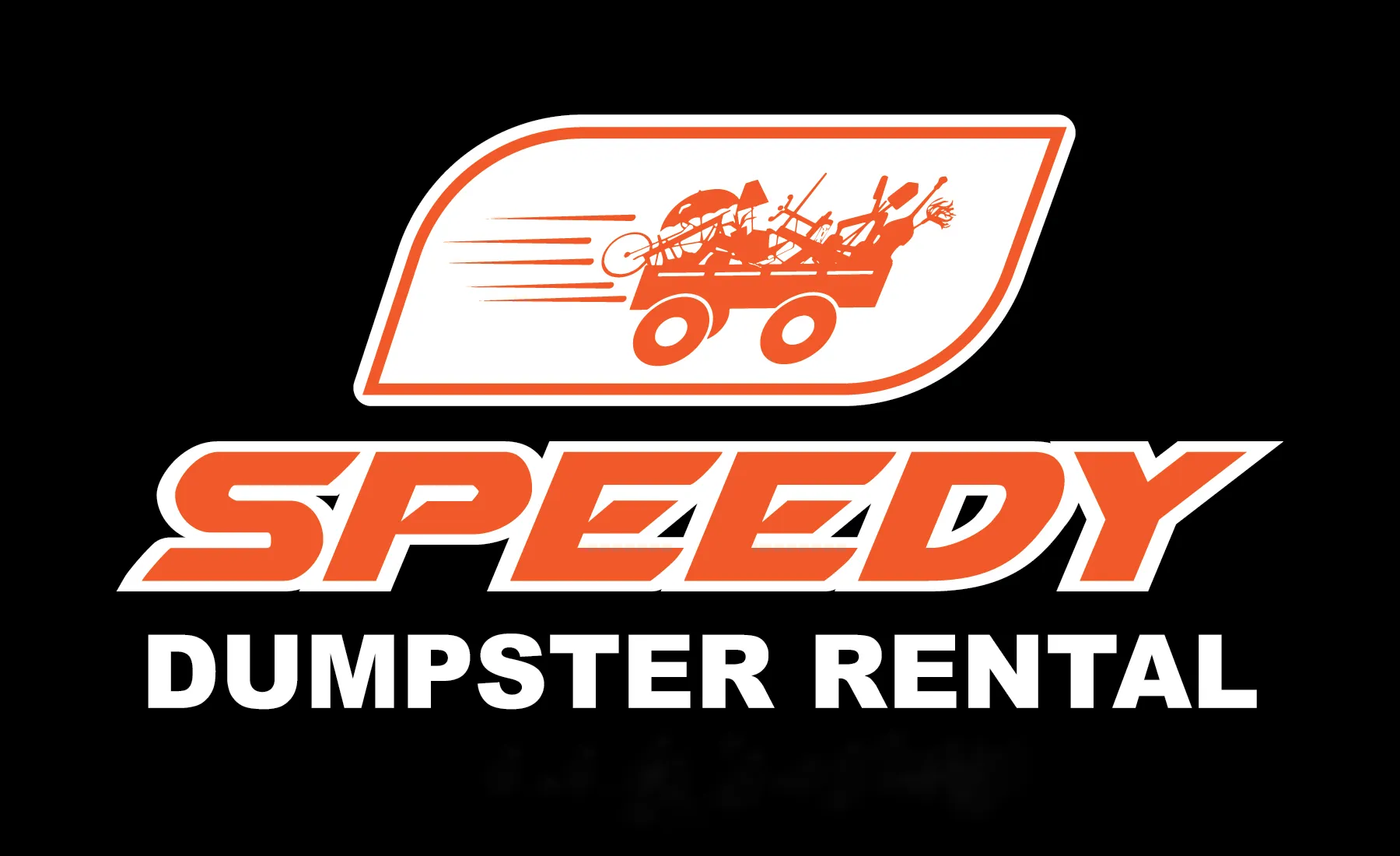OFFICE HOURS
Monday - Sunday: 7:00 AM - 7:30 PM

Construction Dumpster in Durant, IA
Durant IA construction dumpster services with recommended container sizes, debris recycling, safe on-site placement & coordinated scheduling for efficient projects
Construction Dumpster in Durant, IA
When you are managing a construction project in Durant, IA, reliable construction dumpster services are essential to keep the jobsite safe, efficient, and compliant with local rules. Whether you are doing a small residential remodel, a multi-unit renovation, or a full demo, the right roll-off container, proper debris segregation, and clear scheduling reduce downtime, control costs, and help projects finish on time. This page explains recommended container sizes, debris and recycling best practices, on-site placement and safety protocols, scheduling for ongoing needs, overweight policies, and practical coordination tips for contractors working in Durant and the surrounding Eastern Iowa region.
Recommended container sizes for typical projects
Choosing the correct dumpster size prevents overfilling and overweight charges while keeping the site organized. Below are common roll-off sizes and the projects they suit.
- 10 cubic yards
- Best for: small residential cleanouts, bathroom or single-room remodels, light debris.
- Fits: several contractor bags, light drywall, trim and cabinet waste.
- 15 cubic yards
- Best for: small kitchen remodels, garage cleanouts, siding or small roof tear-offs.
- Fits: moderate amounts of lumber, shingles, and mixed debris.
- 20 cubic yards
- Best for: whole-house interior demo for small homes, moderate new construction framing waste.
- Fits: heavier loads including framing lumber and bundled light concrete.
- 30 cubic yards
- Best for: large remodels, multi-room renovations, and moderate demolition projects.
- Fits: big volumes of mixed materials — good when several trades share one container.
- 40–50 cubic yards
- Best for: heavy demolition, new builds, or commercial projects with large quantities of concrete, brick, and roofing.
- Fits: heavy, bulky debris; often used for jobsite consolidation.
When planning, estimate both volume and expected weight. Concrete, brick, and soil weigh much more per cubic yard than wood or drywall and often require dedicated containers.
Debris segregation and recycling best practices
Segregating materials on-site reduces disposal costs and supports local recycling markets. For Durant-area projects, follow these best practices:
- Separate metals (steel, copper) from mixed waste. Metals are highly recyclable and frequently worth diverting.
- Keep concrete, brick, and masonry in a dedicated roll-off or bin. Crushing and recycling facilities prefer uncontaminated loads.
- Bundle and separate untreated dimensional lumber and pallets for reuse or recycling where possible.
- Collect asphalt shingles in a separate stream when feasible; some regional asphalt plants accept shingle tear-off for recycling.
- Hazardous materials (paint, solvents, asbestos, lead-based paint debris, pesticides) must never go in a standard dumpster. Use licensed hazardous-waste services and follow local and state disposal laws.
- Label containers clearly and color-code or assign bins by trade to reduce cross-contamination and speed sorting at project closeout.
Document diversion rates if your project is pursuing green-building credits or municipal waste reduction requirements.
On-site placement and safety protocols
Proper placement and daily management of dumpsters improves safety and preserves surfaces.
- Position dumpsters on level ground with adequate truck access. Maintain room for approach and departure maneuvers to avoid costly re-staging.
- Protect driveways and sidewalks with plywood or matting when placing a heavy container on asphalt or decorative pavers.
- Maintain safe clearances from structures, utilities, and foliage. Keep the dumpster at least several feet from building openings and fire exits for egress.
- Ensure bins do not block emergency routes or impede site traffic flow. Use cones and temporary signage to direct personnel around the container.
- Secure loose materials and cover loads when required, particularly during windy seasonal storms in Eastern Iowa. Covers also reduce liability for falling debris during transport.
- Enforce PPE for all workers loading containers: gloves, eye protection, hard hats, and steel-toe footwear as appropriate.
- Prohibit hot or smoldering materials (weld slag, hot ash) to prevent fire risks. Implement a daily inspection checklist to ensure lids and gates are functioning and loads are secure.
Scheduling and ongoing service for active jobsites
Construction projects often need recurring service rather than one-off hauls. Plan scheduling with these considerations:
- Set regular pick-ups on a cadence that matches trade activity — weekly, biweekly, or as-needed. High-activity phases (demo, roof tear-off) generally require more frequent service.
- Stage swap-outs for full containers to minimize downtime. Coordinate arrival windows with the contractor or site superintendent to keep crews productive.
- Maintain a contingency plan for overflow: have a secondary container on standby during heavy phases or arrange an expedited haul option.
- When placing dumpsters on public right-of-way, verify permit requirements with local Durant authorities; scheduling should account for permit lead time.
- In winter months expect slower site access due to snow and ice; schedule hauls with extra buffer time and ensure driveway snow clearance before truck arrival.
Overweight policies and how to avoid fees
Roll-off dumpsters have weight limits determined by local hauling rules and truck capacity. Overweight loads are common when disposing of concrete, dirt, brick, or saturated materials.
- Understand the expected tonnage for heavy materials before ordering. A 20-yard container stacked with concrete can exceed typical weight allowances quickly.
- Avoid mixing heavy rubble with light debris in the same container. Use a separate container for masonry and soil.
- Keep moisture out of the debris where possible. Wet materials are heavier — store demolition debris under cover during rain or snow to avoid unexpected weight.
- Track loads and maintain weight estimates during the job. Many haulers provide estimated weight allowances by container size; compare that to your expected volume and material type.
- If you suspect you will exceed the recommended weight, plan for a larger container or additional pickups rather than overloading a single roll-off.
Coordination tips for contractors and project managers
Efficient coordination reduces jobsite clutter and accelerates turnover:
- Assign a waste manager on-site to monitor fill levels, maintain segregation, and liaise with the hauler.
- Use color-coded labels or tags to indicate container contents and avoid cross-loading by subcontractors.
- Schedule dumpster swaps during predictable low-activity windows to minimize interruptions.
- Provide haulers with a clear site map and contact person to speed deliveries and pickups.
- Keep records of disposal manifests and diversion rates for compliance, client reporting, or for LEED/green-building documentation.
Why timely dumpster planning matters in Durant, IA
Eastern Iowa’s seasonal weather, local permitting norms, and regional recycling options make early planning crucial. Proper container sizing, segregation, and scheduling decrease rework, prevent overweight penalties, and keep projects moving through stormy spring and snowy winter months. A well-managed dumpster program protects your site, supports sustainability goals, and sustains productivity for every phase of construction in Durant, IA.

Customer
Testimonials
See what our satisfied customers are saying about their experience with us.
